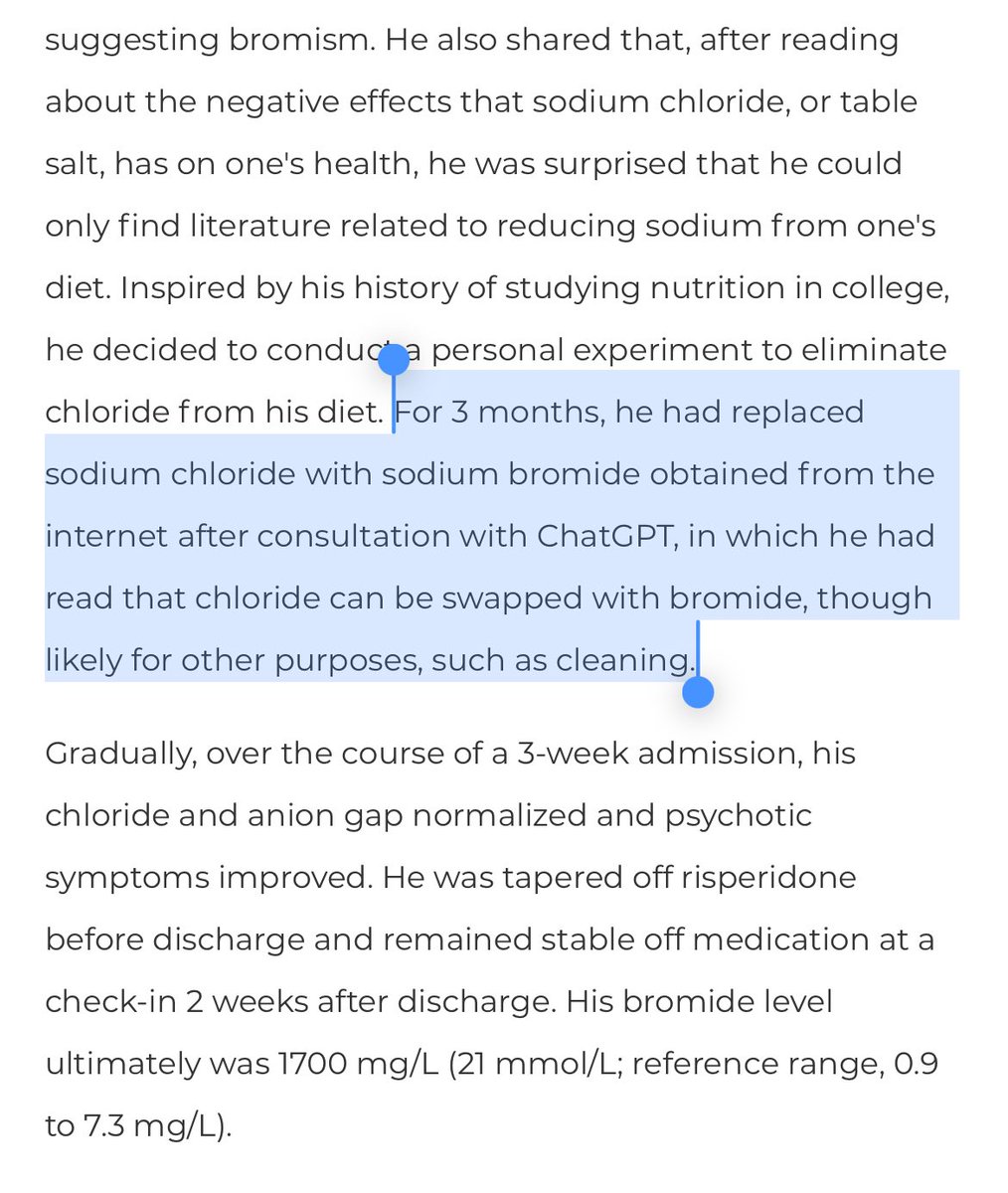#CriticalCare non-COVID teaching case:
An elderly man is admitted to the surgical ICU for monitoring after an uncomplicated kidney transplant. You notice this funny pattern on his arterial line tracing. What’s going on here?
#FOAMcc #FOAMed
1/

An elderly man is admitted to the surgical ICU for monitoring after an uncomplicated kidney transplant. You notice this funny pattern on his arterial line tracing. What’s going on here?
#FOAMcc #FOAMed
1/


What’s going on here?
2/
2/
This is pulsus alternans: an alternating strong & weak pulse.
Based on the A-line tracing POCUS was performed that reveled a markedly reduced EF. Coronary angiography showed no obstruction and a diagnosis of stress CM was made. The patient recovered with medical therapies.
3/
Based on the A-line tracing POCUS was performed that reveled a markedly reduced EF. Coronary angiography showed no obstruction and a diagnosis of stress CM was made. The patient recovered with medical therapies.
3/
At first glance, differentiating pulsus alternans from exaggerated pulse pressure variation (PPV) can be tricky
*pulsus alternans occurs every other beat
*PPV occurs with the respiratory cycle
Slowing down the display can differentiate: This is what increased PPV looks like
4/
*pulsus alternans occurs every other beat
*PPV occurs with the respiratory cycle
Slowing down the display can differentiate: This is what increased PPV looks like
4/

Pulsus alternans was first described by Traube in 1872.
Despite 150 yrs of research, the mechanism is not precisely known.
There are two theories, related to either beat-to-beat variation in pre-load or in contractility.
academic.oup.com/cardiovascres/…
5/
Despite 150 yrs of research, the mechanism is not precisely known.
There are two theories, related to either beat-to-beat variation in pre-load or in contractility.
academic.oup.com/cardiovascres/…
5/

The *pre-load theory* is that impaired contractility (causing a weak pulse) leads to an increased end diastolic volume at the next systole. With more filling, the next contraction ejects more blood (causing a strong pulse) due to the Frank-Starling principle.
6/

6/


The alternative *contractility theory* is that residual cytoplasmic Ca2+ after a weak systole causes a stronger cardiac contraction on the next beat.
Whatever the mxn, pulsus alternans is associated with poor systolic function.
7/
Whatever the mxn, pulsus alternans is associated with poor systolic function.
7/
🥡Points:
🫀Pulsus alternans on an arterial line tracing can be a useful diagnostic clue for decreased systolic fxn
1⃣📟 See this new ICU OnePager on arterial Lines for more onepagericu.com
8/
🫀Pulsus alternans on an arterial line tracing can be a useful diagnostic clue for decreased systolic fxn
1⃣📟 See this new ICU OnePager on arterial Lines for more onepagericu.com
8/

📚Historical/literary note:
DH Lawrence beautifully describes Pulsus Alternans in Sons and Lovers:
"…he felt her pulse. There was a strong stroke and a weak one, like a sound and its echo. That was supposed to betoken the end."
9/9
DH Lawrence beautifully describes Pulsus Alternans in Sons and Lovers:
"…he felt her pulse. There was a strong stroke and a weak one, like a sound and its echo. That was supposed to betoken the end."
9/9

• • •
Missing some Tweet in this thread? You can try to
force a refresh
































